Spark, touch, balsam, Roly wet - all these names belong to one plant, which is widespread not only among flower growers. Caring for a flower at home is quite simple, so beginners are advised to start with growing Vanka wet. Balsam is well amenable to reproduction, actively grows and looks elegant during flowering.
Content
Variety characteristics and species diversity
The Balsamic family includes more than 400 varieties that differ not only in color and size, but also in habitat. Balsam is successfully grown both indoor and garden flower. Under natural conditions, the plant is found in Africa, Asia and on the skeletons of Zanzibar.
The erect bush is abundantly covered with juicy leaves that are oval in shape with pointed edges. The color of the leafy part ranges from light green to bronze. The average height of indoor copies varies between 30-40 cm.
There are dwarf varieties, whose height does not exceed 20 cm. In garden floriculture, you can often find balsam about 2 m in height. Coloring of flowers can be various: red, snow-white, lilac, etc. Some varieties are painted in two or three colors.
Among the variety of balsam, the following species are most popular:
- Niamniamsky light is often called African, because Africa is considered the birthplace of the flower. It lives in room conditions, but in summer it grows well in a flowerpot on the street. Unusual flowers are very similar to small jugs. The color of the flowers is pink, red or yellow-red. This species includes both undersized and tall varieties.
- Impreza is a hybrid plant, the height of which is 15-20 cm. The bushes are distinguished by good branching and strong stems. Flowers have a simple shape. The buds are purple, raspberry, or red. There are two-tone varieties with white flowers and a pink center. Ampelic varieties of this species look great on the street in hanging flowerpots.
- New Guinean balsam is resistant to drought and can bloom almost the entire year. Leaves are painted in bronze, colorful or green. The flowers are quite large - up to 6 cm in diameter. Most often simple varieties are grown, but semi-double ones are also found.
- Holst's balsam is a plant with erect stems, the height of which is more than 60 cm. The leaves are mostly brownish-green in color. The color scheme of the buds is the most diverse, and the flowers can be either simple or double.
- Waller's balsam is a compact herbaceous shrub whose height does not exceed 25 cm. Light green leaves grow up to 10 cm in length. Petals of a plant can be colored red, blue, white, purple or pink.
Caring for Vanka wet at home
To make the light delight with lush flowering, you should familiarize yourself with the basic rules of care. Creating optimal conditions for a plant in an apartment is quite simple, because it is considered one of the most unpretentious flowers.
Lighting
In the shade of a touch, it can grow, but it is unlikely to bloom. A flower loves good lighting, but it should be protected from direct rays.The south window sill in a room with ambient light will be an ideal place to live.
Temperature and humidity
The optimal temperature indicator for a flower is within 18 ° C. In winter, it is lowered to 13˚С. If the apartment has too hot and dry air, then the flowerpot with a spark should be placed in a container with wet pebbles. The rest of the time the plant does not need high humidity, so it is not worth spraying it. Drops of water on the leafy part provoke the development of the fungus.
Watering and feeding
It is best to water the touches after the top layer of the substrate has dried. In the summer, this procedure is carried out 2-3 times a week. At rest, watering is reduced to once a week.
Fertilizing is applied to the soil in the summer and spring, when the touchy especially needs nutrients. Fertilizer is diluted in water and applied with watering once every 7-14 days.
Pruning
During wintering, the bush loses its attractiveness due to the large amount of fallen leaves. That is why pruning is carried out with the onset of spring. Too elongated shoots and damaged parts are cut. They are cut in stages with a break of two weeks to alleviate the stressful state of the flower after an unpleasant procedure.
Diseases and Pests
With high humidity, the plant may be affected by gray rot. The flower can be cured by transplanting into fresh soil, after pruning the damaged roots. The root system is washed in a weak solution of potassium permanganate and transplanted into a new pot. The number of irrigations is reduced, watered only after the substrate dries.
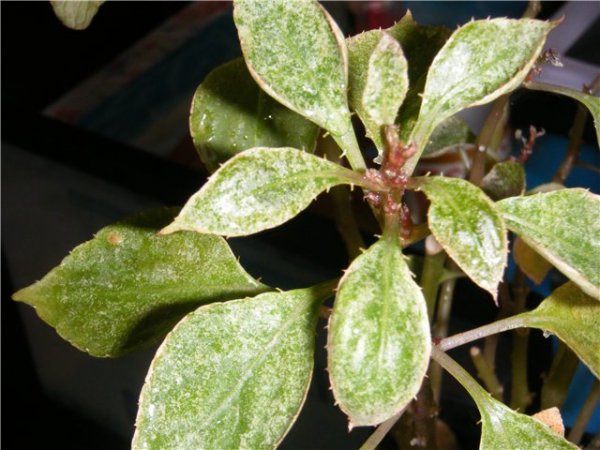
In addition to gray rot, a spider mite is a great danger to the spark. It settles on the inside of the leaves, so they do not immediately find it. Dry air and fever are ideal conditions for the reproduction of this pest. The affected parts are cut off, and the leaf part is washed with a soap solution. In case of severe infection, it is better to use the special Anticlesch insecticide.
The history of growing indoor flower and signs
Under natural conditions, this plant can be found in India, New Guinea, Ceylon, Asia and East Africa. The birthplace of the light is considered the tropical climate of East India and Africa. In Europe, he gained immense popularity back in the 16th century. For indoor cultivation, breeders have bred special species that are characterized by abundant and long flowering and are more resistant to disease.
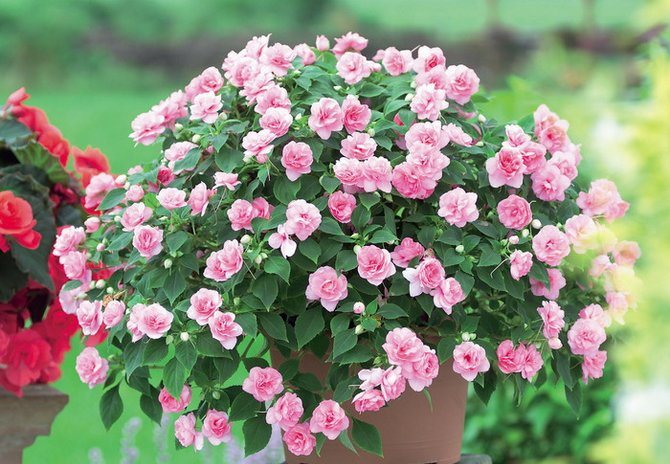
People often associate important events in their lives with the state of the flame. There is an opinion that the presence of this plant in the house has a positive effect on creative individuals, creates a friendly and calm atmosphere. If peace and love reign in the family, then the flower will delight you with long and magnificent flowering. Frequent quarrels and disagreements in the family circle negatively affect the light, which can drop leaves or wither without a good reason.
How to propagate and transplant a flower at home
Balsam is propagated in the summer and spring. There are two ways to propagate: cuttings and seeds.
Seed propagation
This method is used extremely rarely in indoor floriculture. This is due to the low germination of planting material. In addition, grown specimens quite often lose varietal traits. Seeds are sown in a moist substrate, but not buried, but left on the surface.
The container is covered with a film on top to create a mini-greenhouse. Periodically, the soil is moistened with a spray gun and the seeds are aired.Two weeks later, the first sprouts will appear.
Cuttings
Propagating the plant by the cuttings method is very simple, because the cuttings quickly take root and are easily adapted. For propagation, lateral shoots are used, the length of which should be about 8 cm. Each stalk should have 2-3 internodes. If there are flowers on the handle, then they are removed along with the lower leaves. Planting stock is placed in water for two weeks.
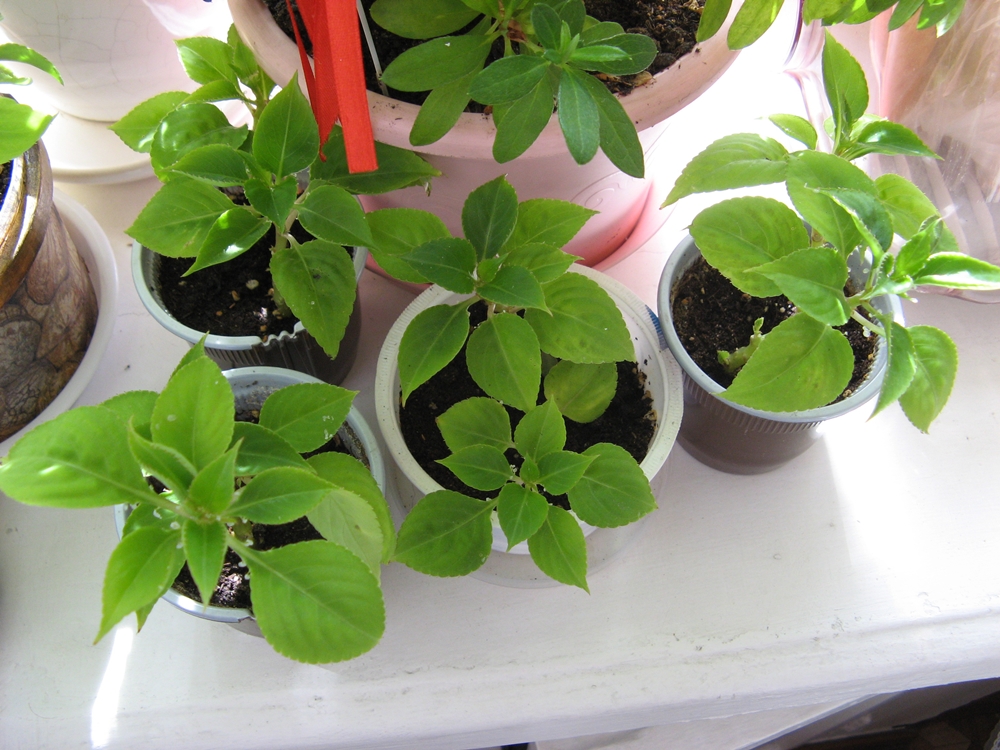
Experienced growers are advised to place several pieces of charcoal in a container of water. After the appearance of roots, cuttings are planted in small containers.
Transplant procedure
A houselight transplant is carried out every year with the onset of spring. Young sprouts can be transplanted twice a year, because they quickly grow from a small pot. The time for transplantation is selected as follows:
- The transplant is carried out in the spring, when balsam begins to grow actively. You need to rejuvenate the bush once every 1-2 years.
- 14 days after the purchase, the plant must be transplanted.
- You can carry out this procedure at any time of the year (except for the flowering period) if the flower is too crowded and its roots stick out from the drainage holes.
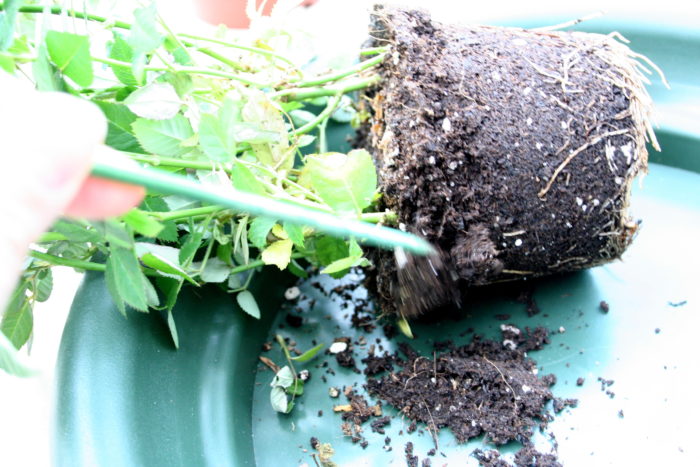
A flowerpot for a plant is selected a little larger than the root system, because a too spacious pot provokes an active build-up of deciduous mass. Filler for the tank should consist of equal parts of peat, sand, turf soil and leaf humus. Experts advise adding small pieces of charcoal to the substrate to disinfect the soil.
The transplant is carried out as follows:
- remove the upper part of the substrate, carefully remove the bush from the tank, without shaking it from the old earth;
- the plant is placed in the center of a new flowerpot, the bottom of which is previously covered with a layer of substrate;
- the resulting voids are filled with a fresh substrate and slightly compacted;
- the root neck cannot be buried in the ground, otherwise there is a risk of decay of the flower.
The transplanted light is watered with a small amount of water and taken to a shaded place for a while. The first three weeks after the feeding procedure, it is desirable to exclude. In the flowering phase, you can not transplant balsam, because this is a huge stress for the plant. A light can not only stop flowering, but also reset all buds. Transplanting a flower during this period is only possible for serious diseases that require replacement of the soil.
Common Growing Questions
First, all damaged areas are cut off, after which the plant is transplanted into a new pot. You can additionally spray the light with foundationazole. If the spots are really black, then this dangerous disease is called bacteriosis. Unfortunately, this disease is not treated, so such an instance is destroyed in order to protect other plants.
Balsam is a great start for beginner growers. This plant is not only easy to care for, but also a decorative look. With proper care, the touchy will surely please the owner with a beautiful and lush flowering.

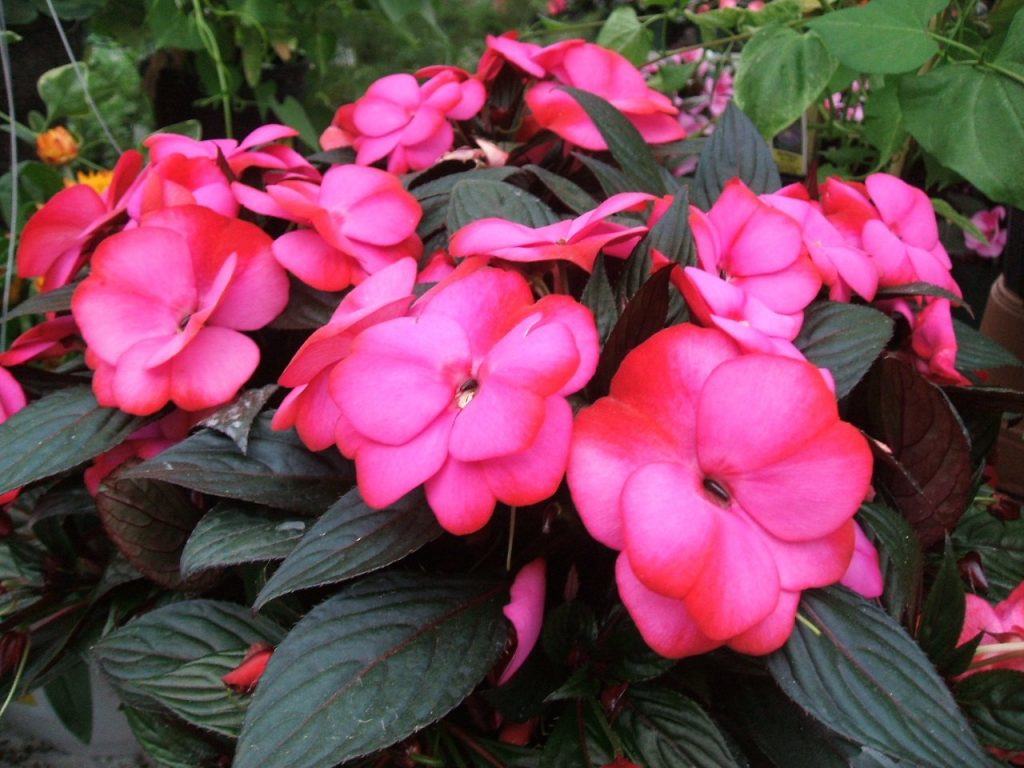
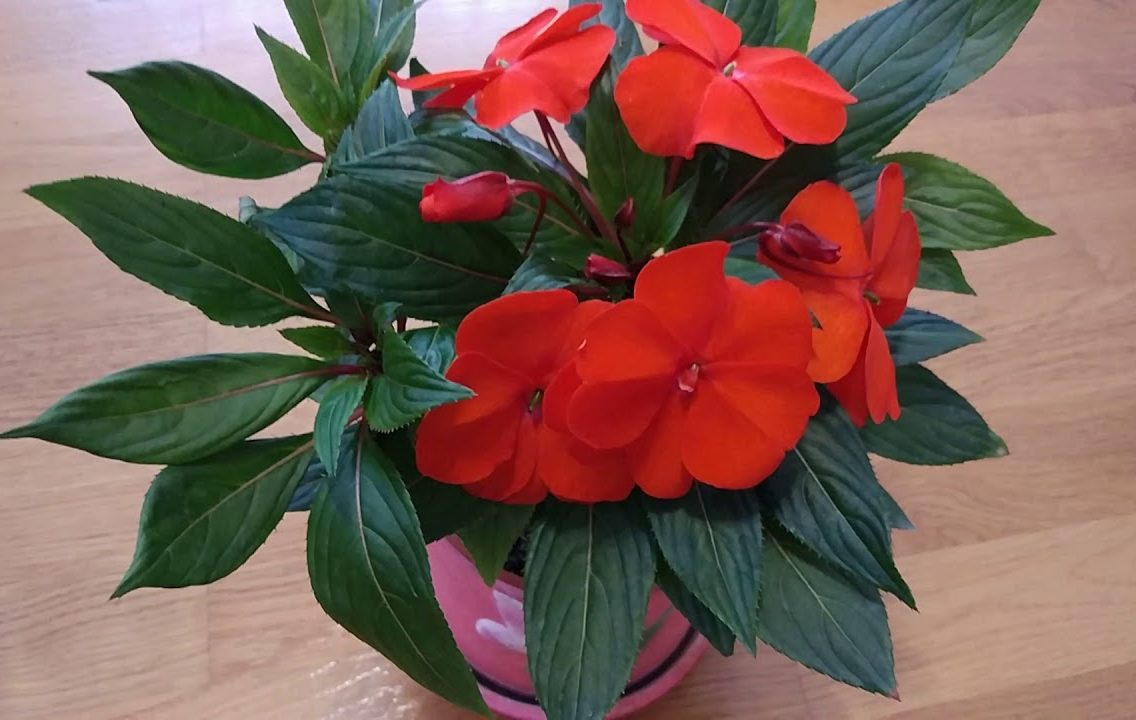
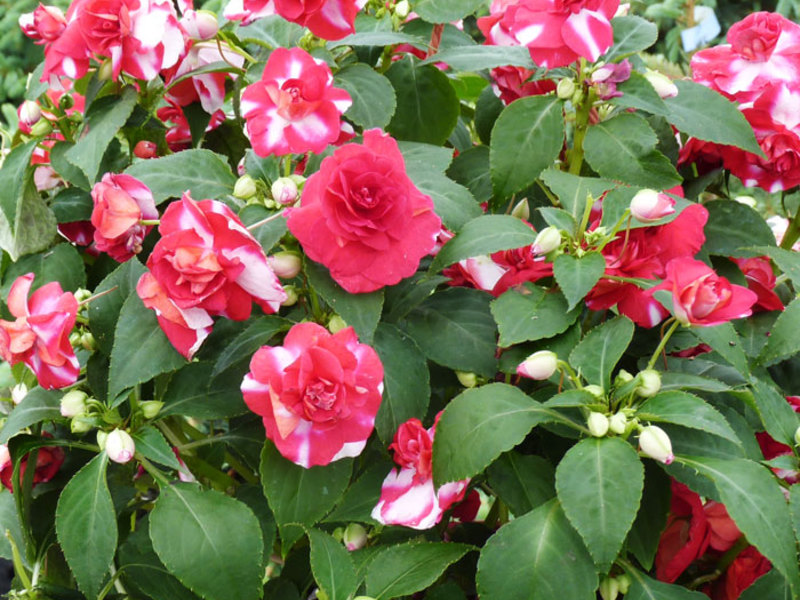
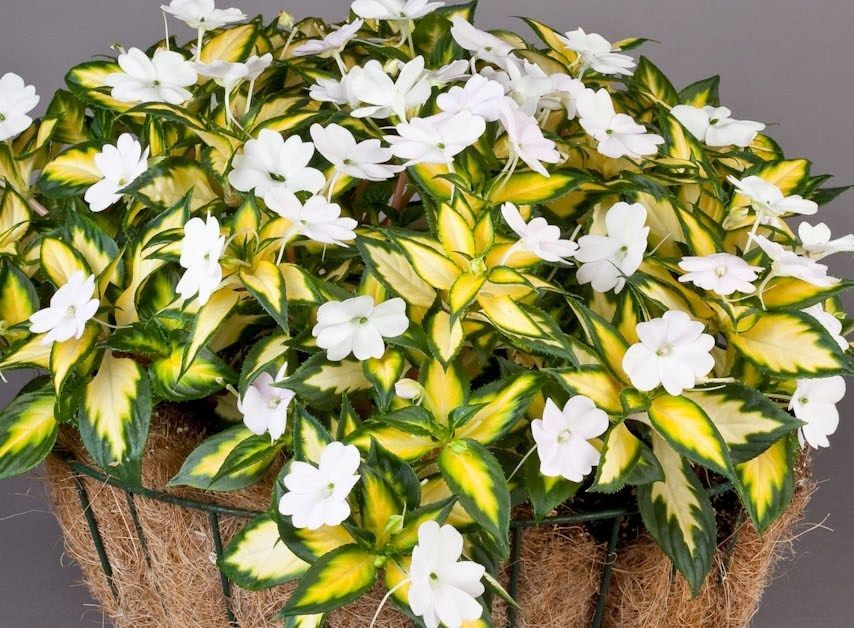
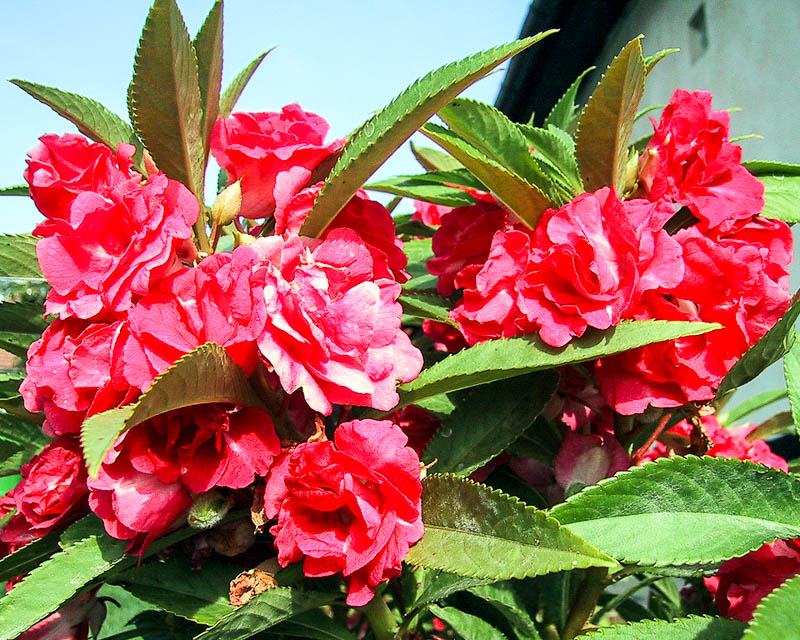
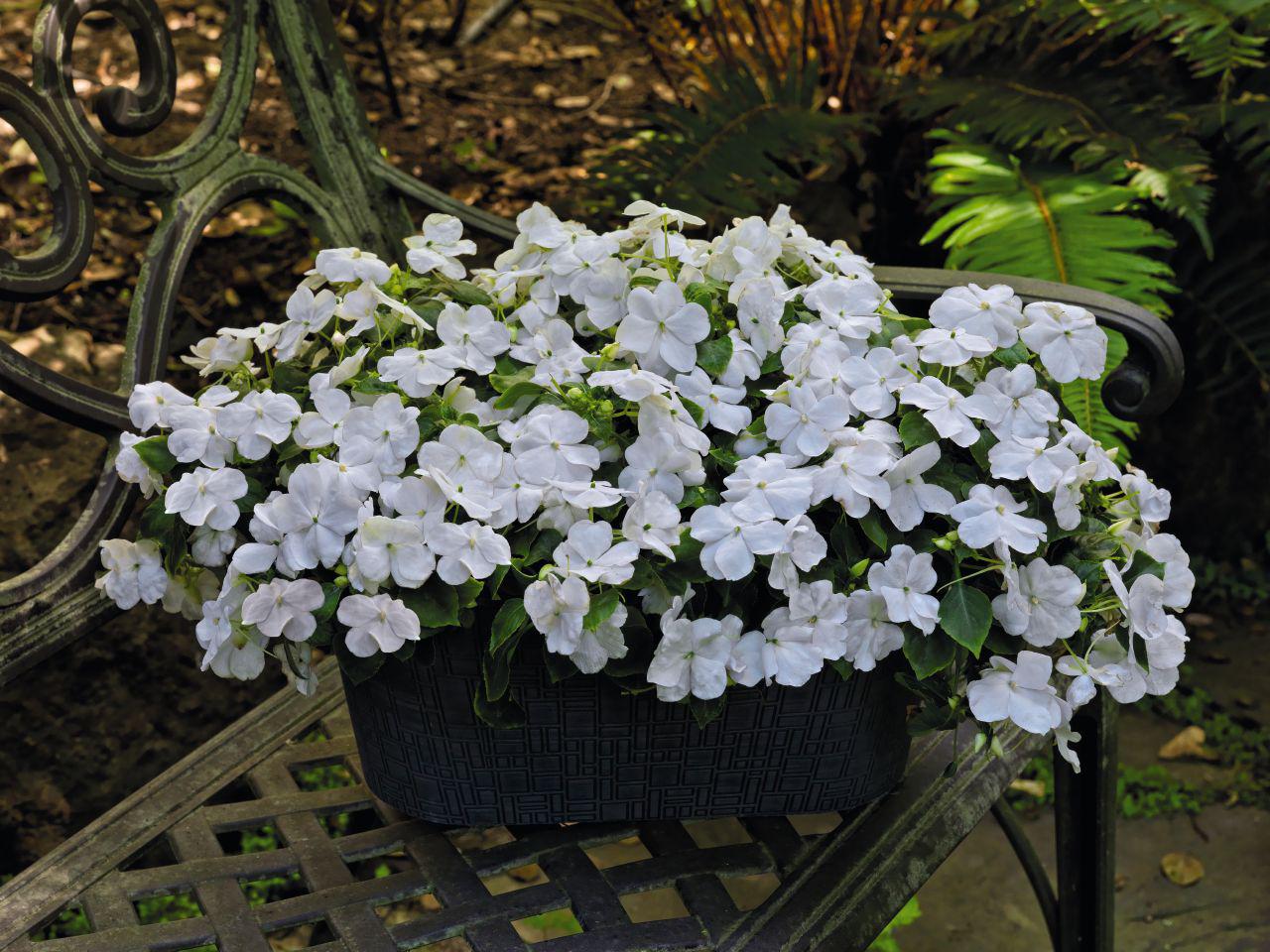
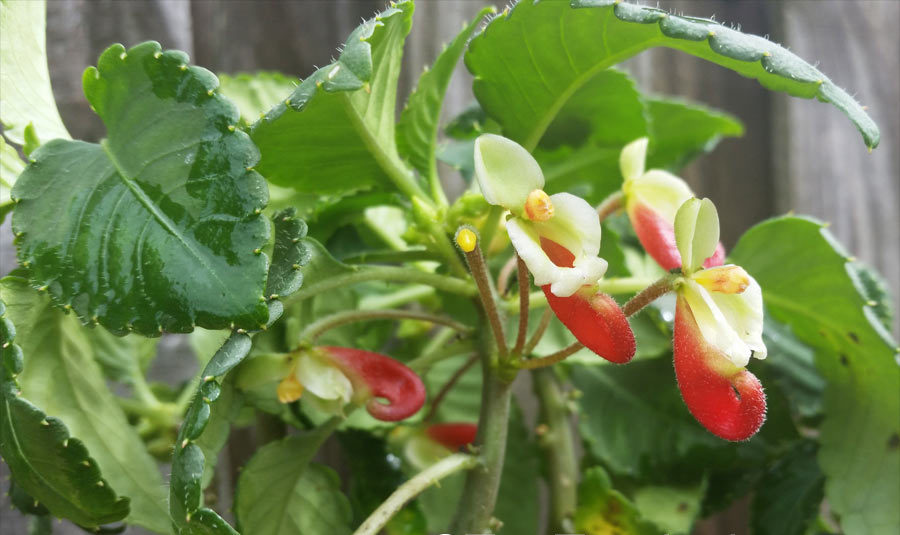
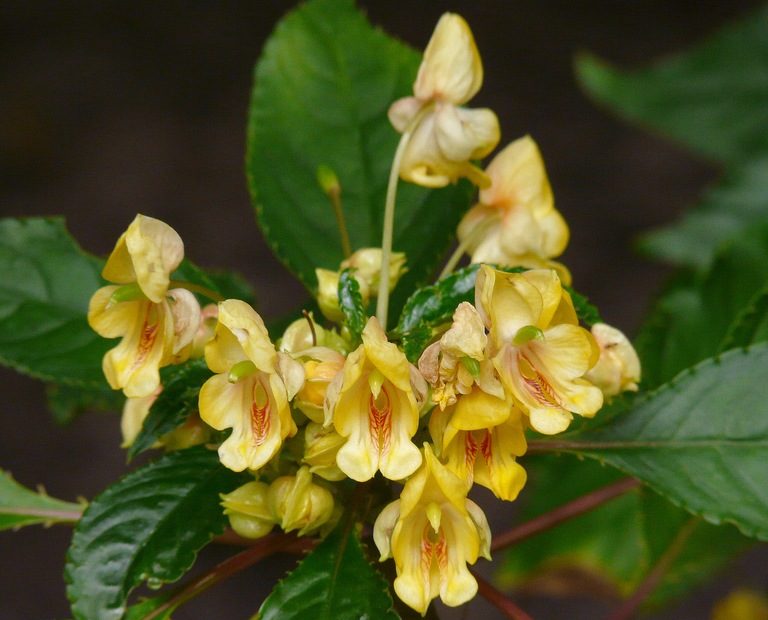
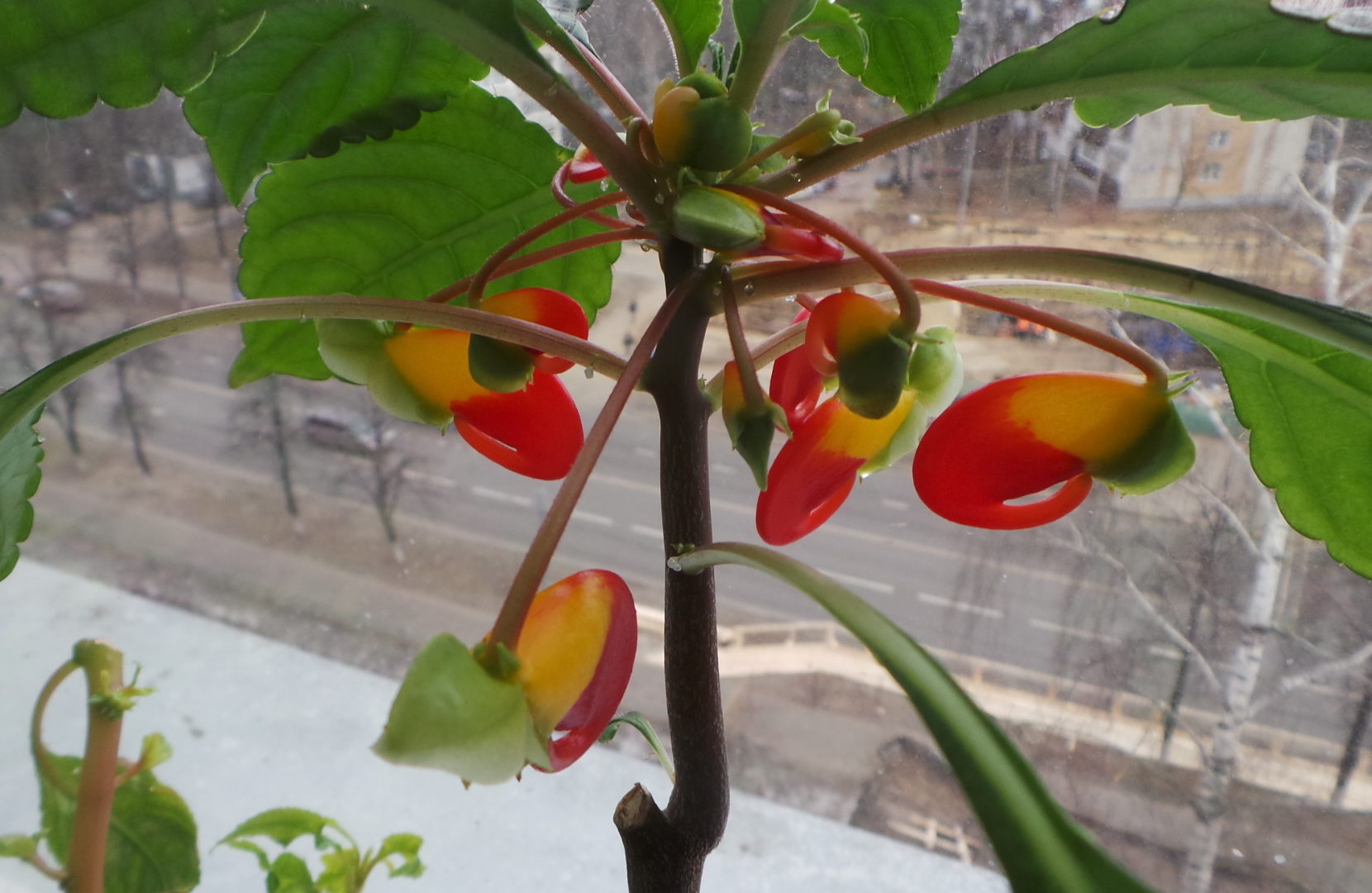
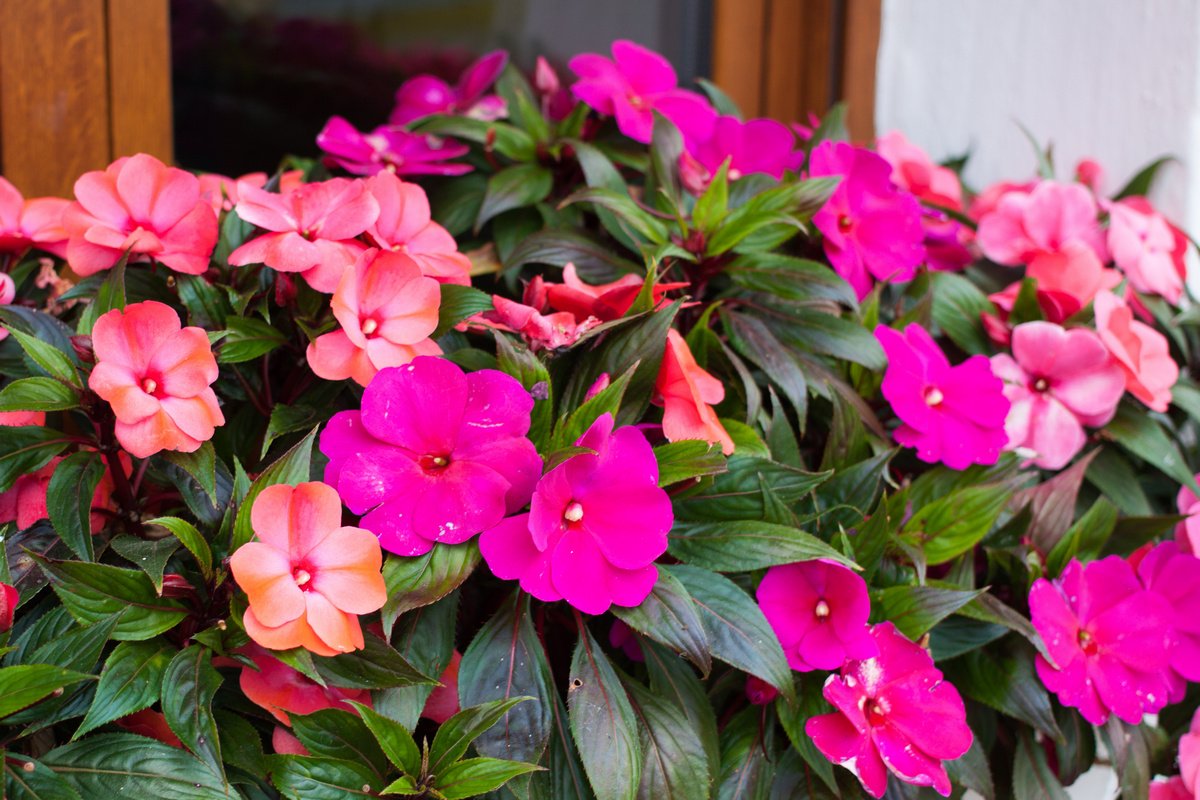
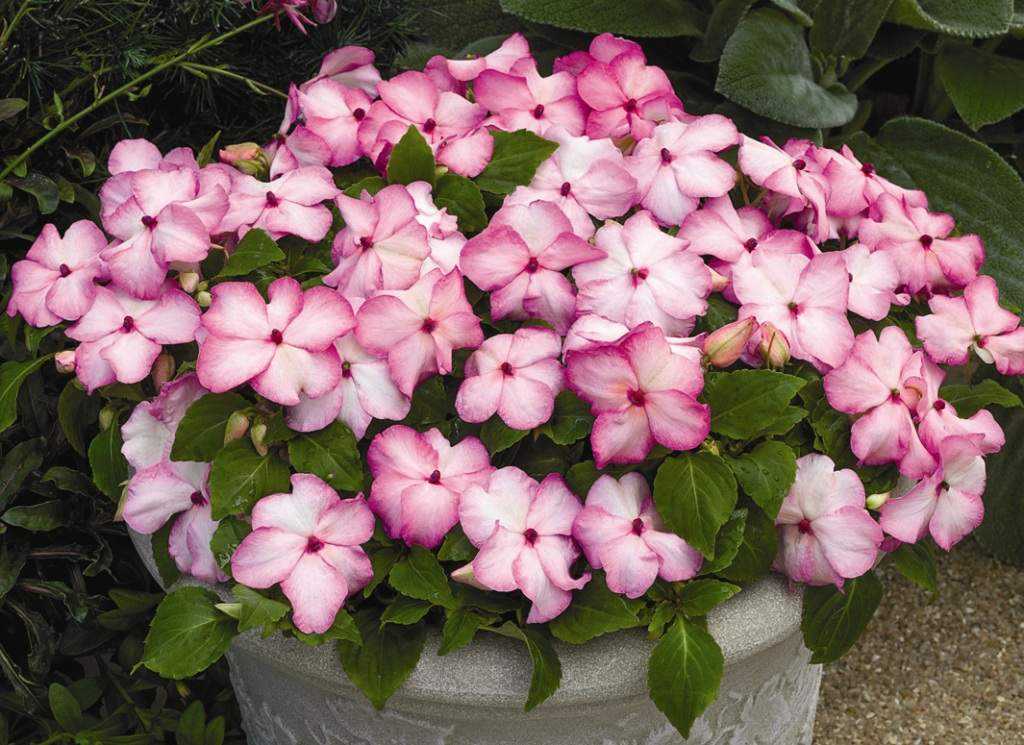
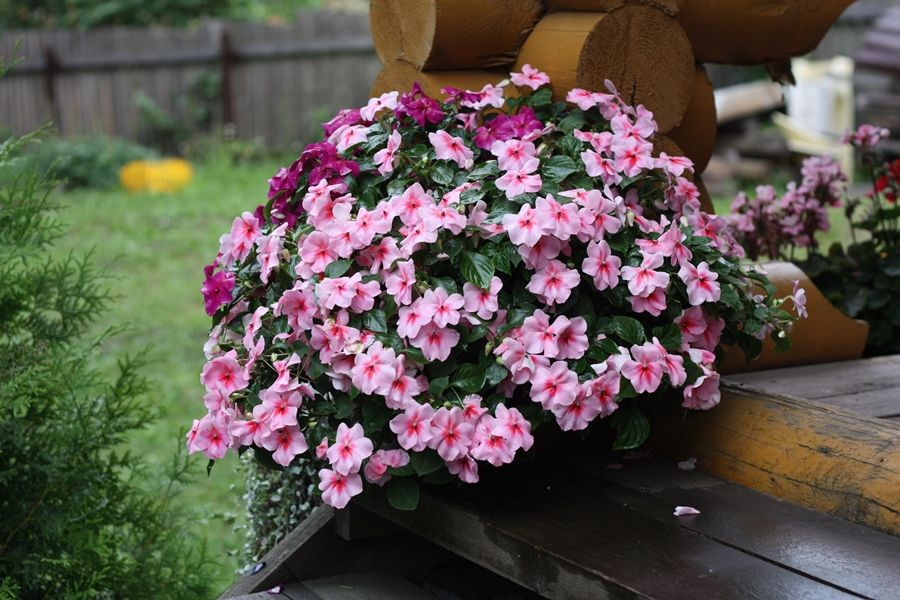
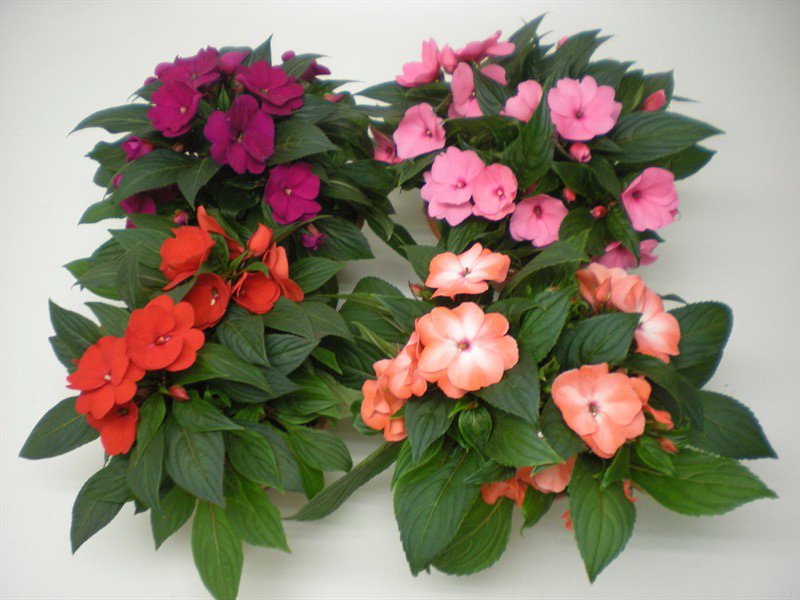
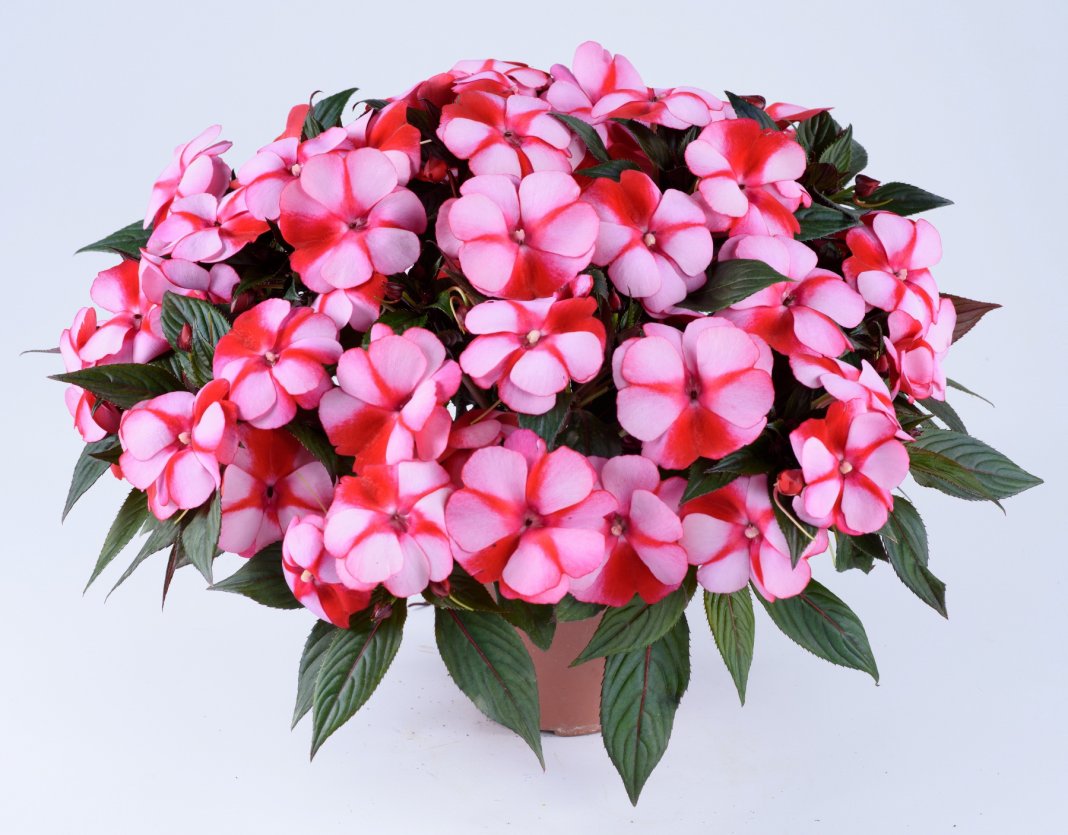
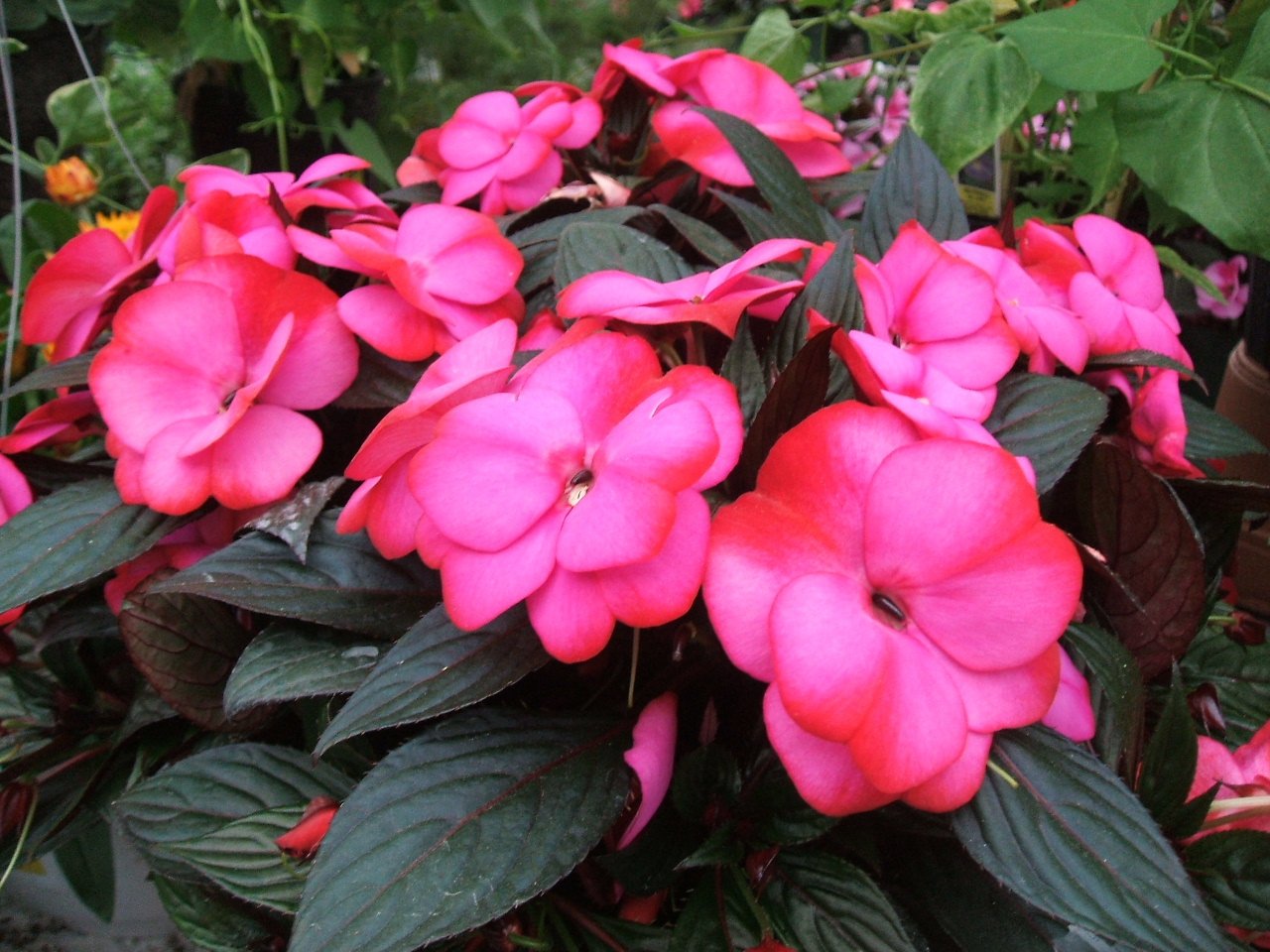
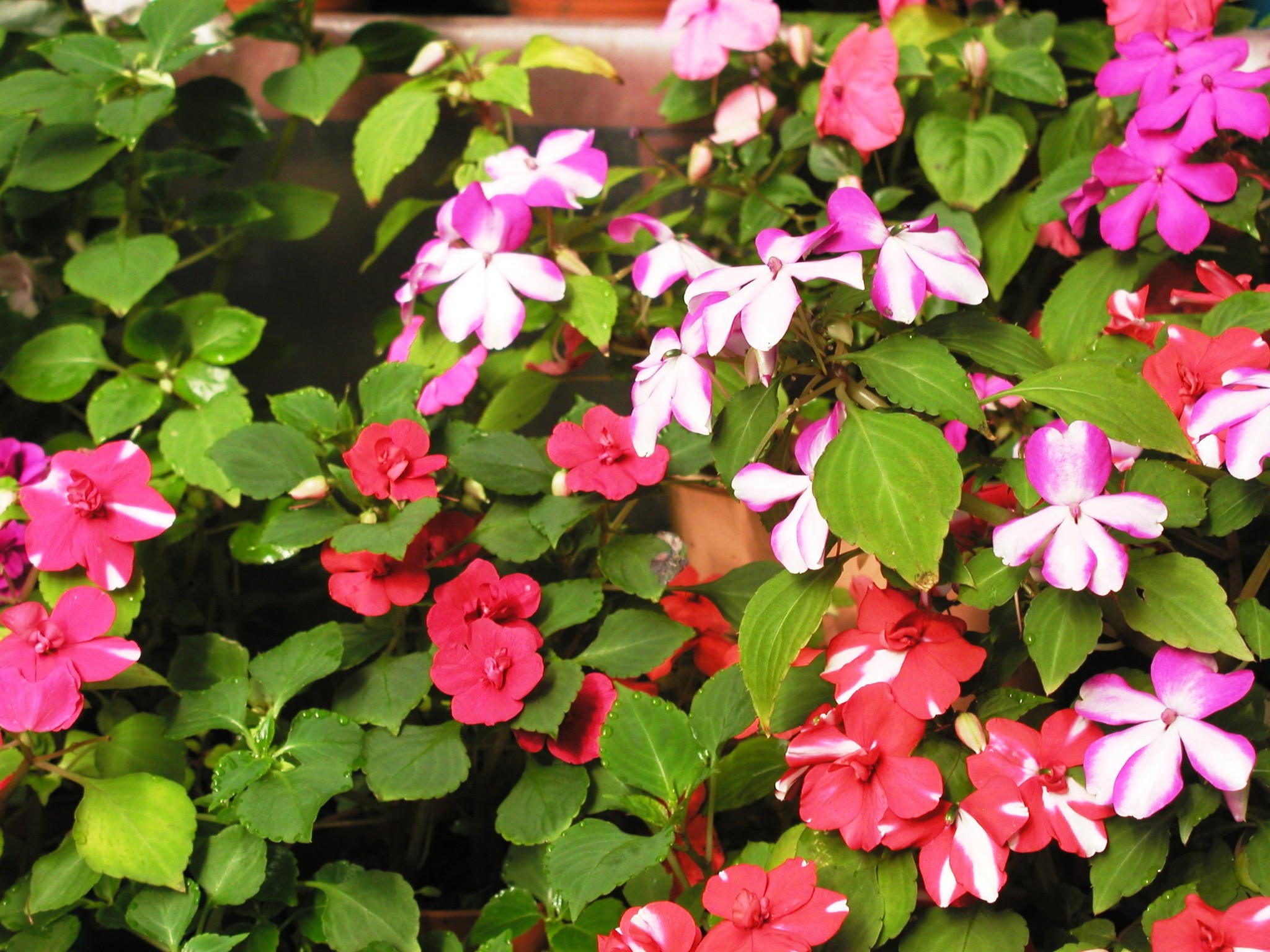
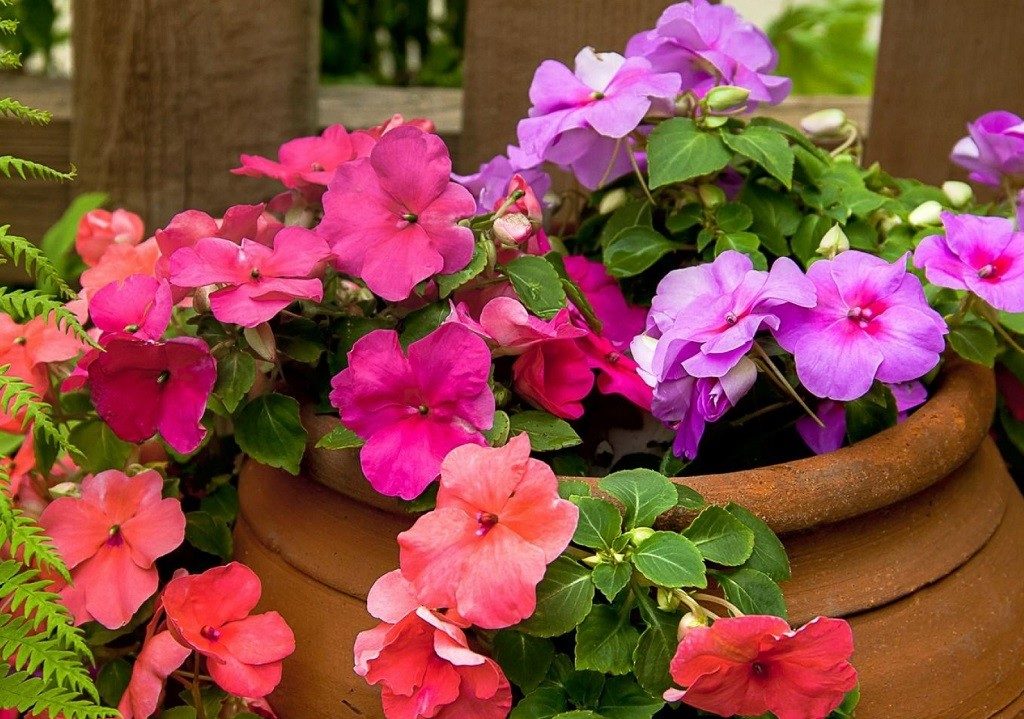
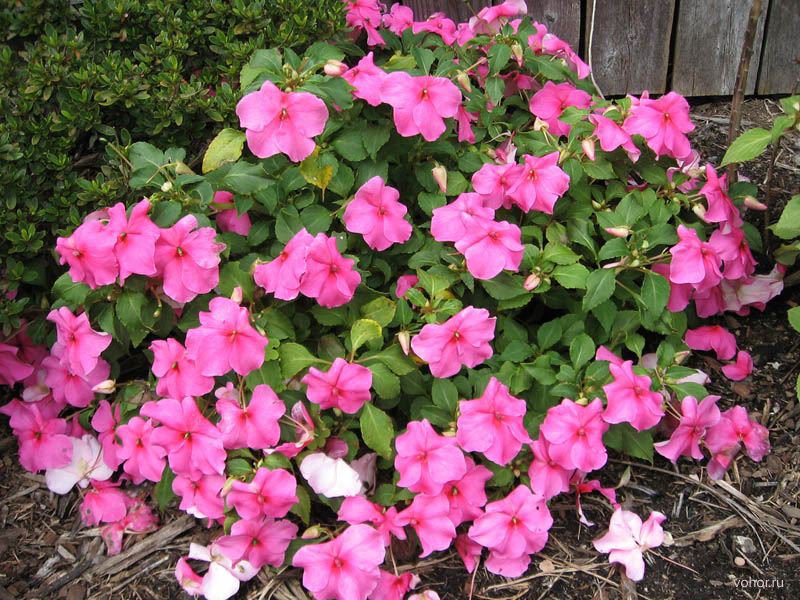
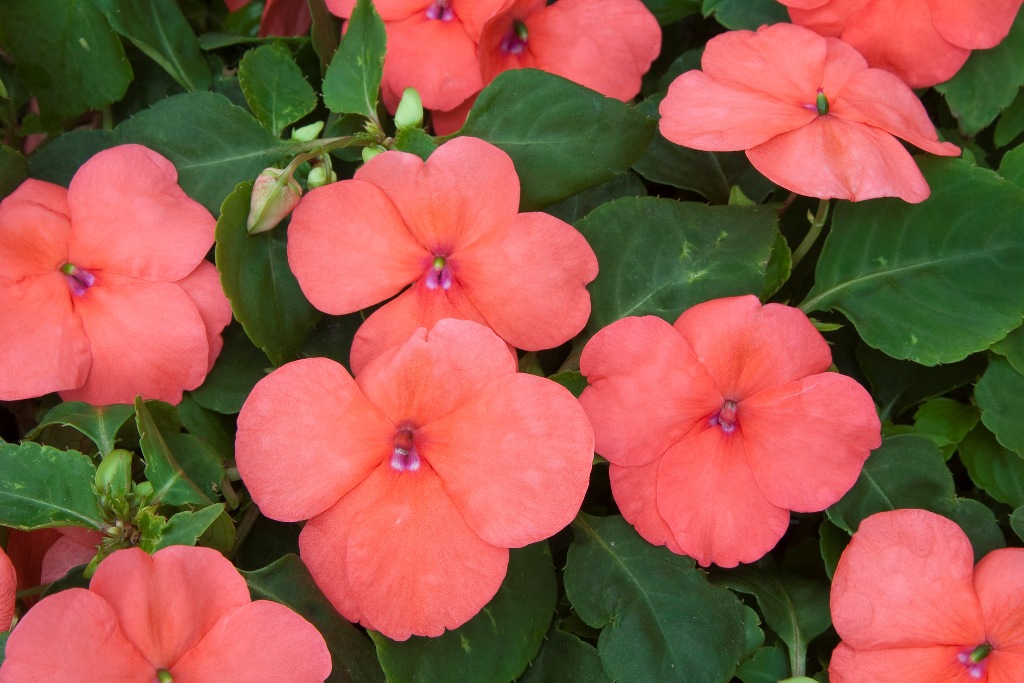
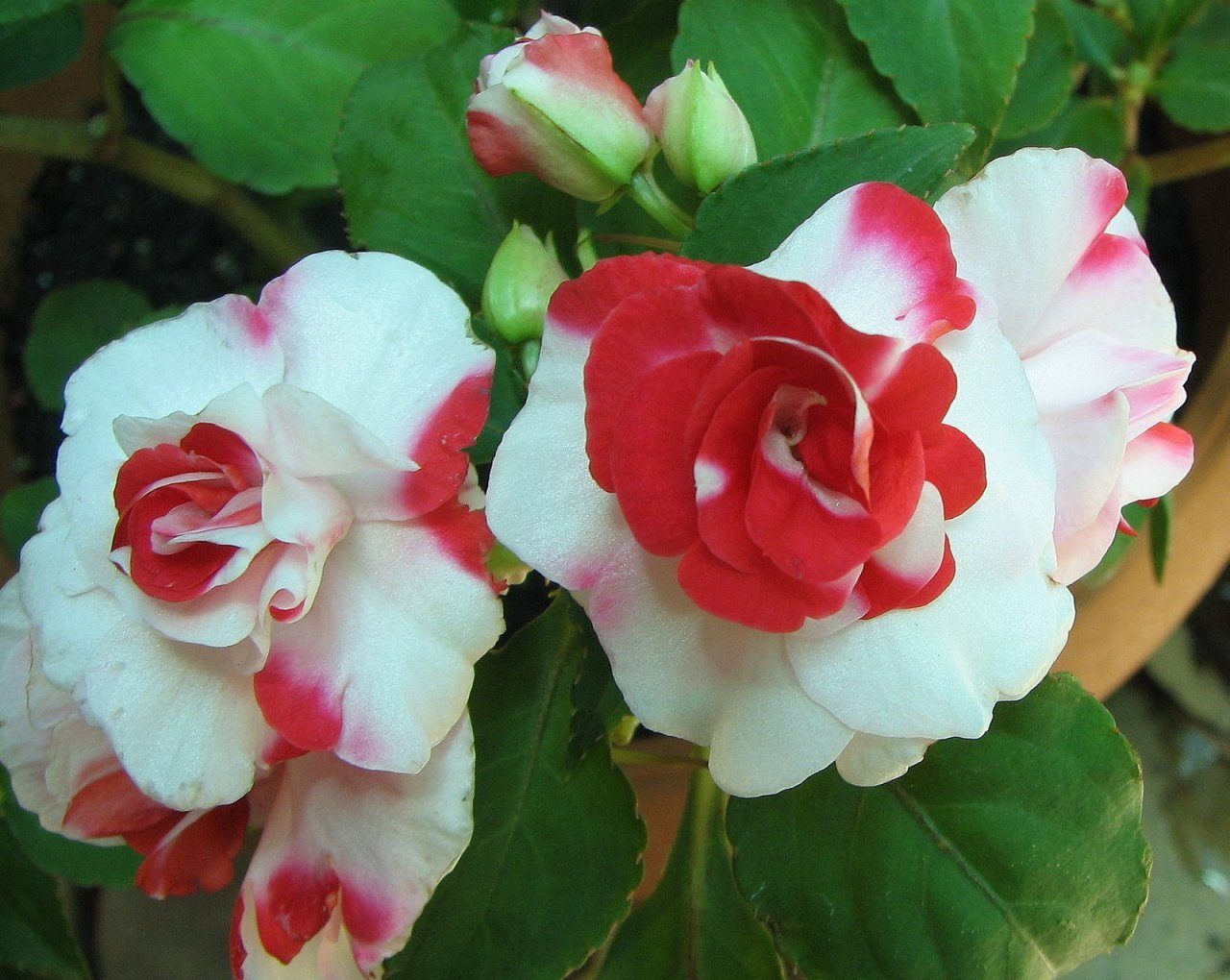
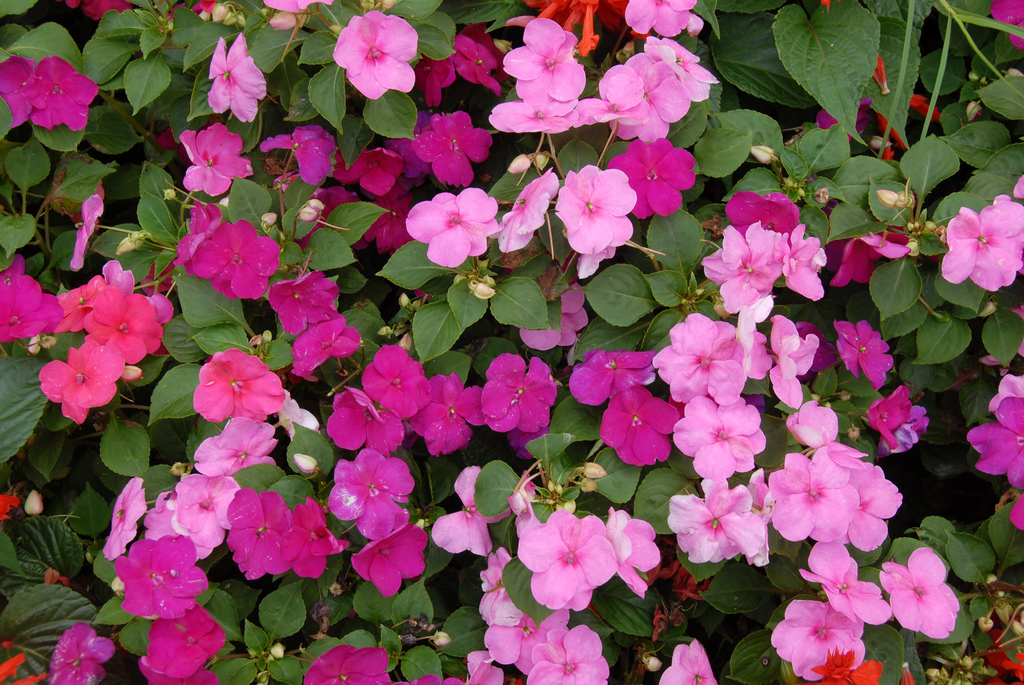



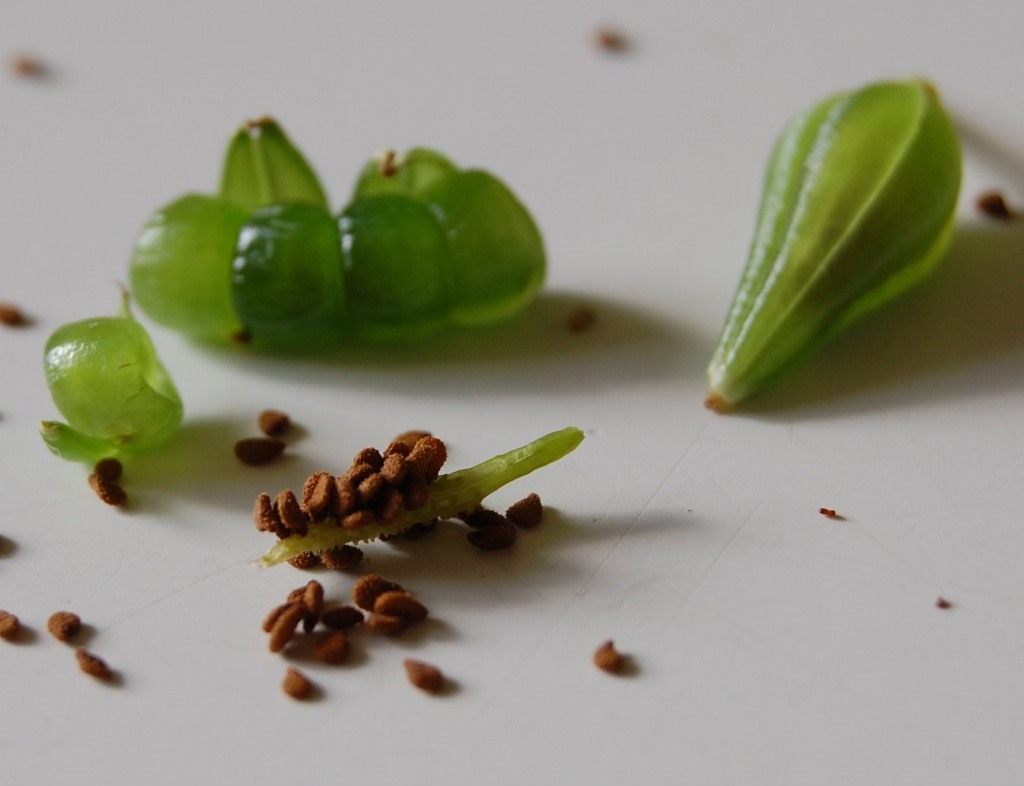
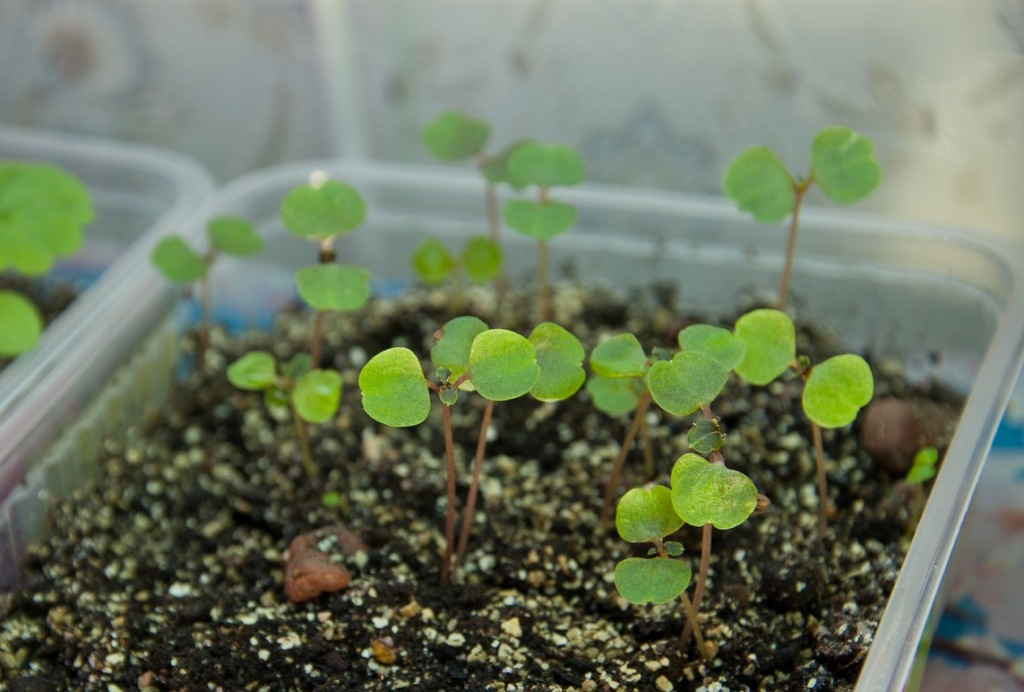
 Sow in the ground, without seedlings: 10 beautiful and unpretentious flowers
Sow in the ground, without seedlings: 10 beautiful and unpretentious flowers Platicodon planting and outdoor care
Platicodon planting and outdoor care Hosta - planting and care in the open ground in the Urals
Hosta - planting and care in the open ground in the Urals Oleander - care and growing at home
Oleander - care and growing at home